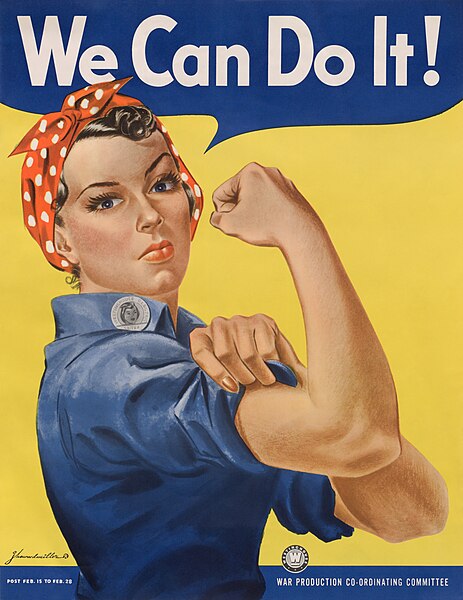Third-wave feminism is a feminist movement that began in the early 1990s, prominent in the decades prior to the fourth wave. Grounded in the civil-rights advances of the second wave, Gen X third-wave feminists born in the 1960s and 1970s embraced diversity and individualism in women, and sought to redefine what it meant to be a feminist. The third wave saw the emergence of new feminist currents and theories, such as intersectionality, sex positivity, vegetarian ecofeminism, transfeminism, and postmodern feminism. According to feminist scholar Elizabeth Evans, the "confusion surrounding what constitutes third-wave feminism is in some respects its defining feature."
Rebecca Walker in 2003. The term third wave is credited to Walker's 1992 article, "Becoming the Third Wave."
Anita Hill, 2014
Kathleen Hanna, lead singer of Bikini Kill, 1991
Jennifer Baumgardner, co-author of Manifesta (2000), in 2008
The feminist movement, also known as the women's movement, refers to a series of social movements and political campaigns for radical and liberal reforms on women's issues created by inequality between men and women. Such issues are women's liberation, reproductive rights, domestic violence, maternity leave, equal pay, women's suffrage, sexual harassment, and sexual violence. The movement's priorities have expanded since its beginning in the 1800s, and vary among nations and communities. Priorities range from opposition to female genital mutilation in one country, to opposition to the glass ceiling in another.
The "We Can Do It!" war-propaganda poster from 1943 was re-appropriated as a symbol of the feminist movement in the 1980s.
A YPJ fighter, in November 2014






